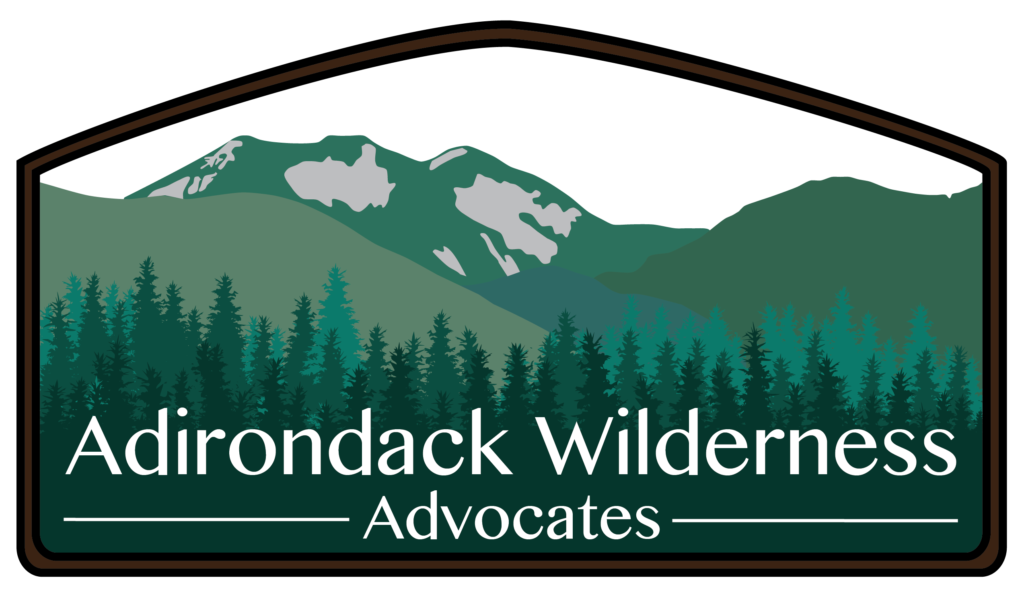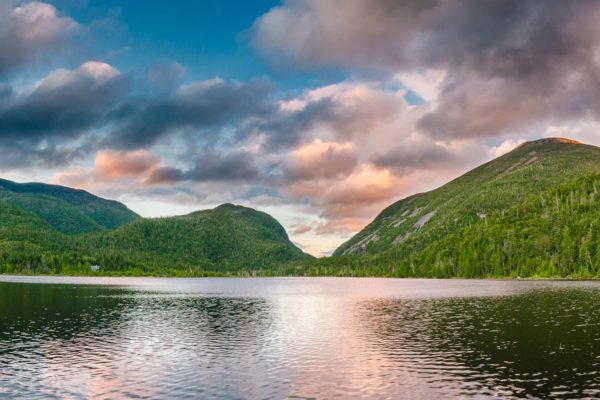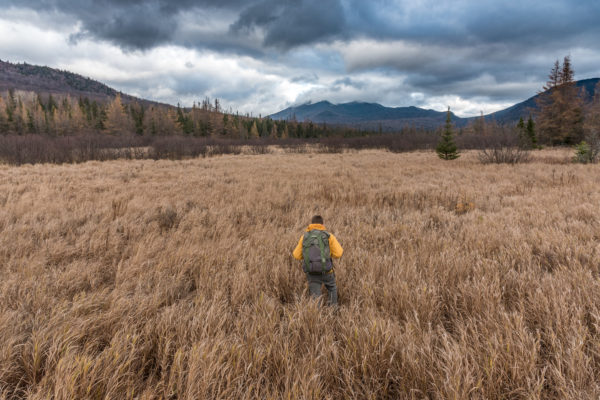Although I have lived in the Adirondack Park for the last 5 years, my love affair with the Adirondacks goes much further back than that. I have been coming to the Adirondack Park yearly since I was born. There are pictures of me in diapers wearing my dad’s Grossman’s trucker hat and aviator sunglasses, sporting a mullet and playing in Limekiln Lake. From my time growing up and visiting I remember the wildlife, swimming in cold lake waters, and hiking in the woods. I also remember the close proximity of people. We would drive around and pick the absolute best spot that had enough trees on either side to give us the feeling that our neighbors weren’t right next to us. When you’re a child smaller spaces seem secluded and wild.
It wasn’t until I was just out of High School that I visited the High Peaks with my cousins. We climbed Algonquin Peak and hiked out to Avalanche Lake. It was the hardest thing I had ever done and it was amazing. I did not understand the impact it had on me until 5 years ago, when I was sick of my job working at a 7-11 in Buffalo, I decided to move to the place that I remembered being the happiest in my life.
Finding Myself in Wilderness
As a person who makes their living off of wilderness classified land, I value wilderness. For my job as a High Peaks Summit Steward I spoke with at least 7,000 people this year on the importance of action in protecting fragile and endangered alpine ecosystems. There is value in a wilderness classification, it just takes a different way of thinking. I value remote areas that are not easily accessible and so do people of all ages and abilities. When I went to Boreas Ponds I saw with my own eyes the innate wild characteristics that I have always loved.
It wasn’t the roads or the people or the access that brought me to the Adirondacks. It was the sense that the Adirondacks is a wild place. I wanted to always hear loons, find salamanders, encounter bears, and maybe, if I was lucky, see a moose. As I have grown into adulthood I have started to see the encroachment of civilization into remote wild places. I have found myself in a shrinking world where the hum of machinery has tried to permeate every square inch of our northern forests.
The Facts
Boreas Ponds is a value 1 wetland. Motorized access negatively impacts wildlife, water quality, and other people’s wilderness experience. The State Land Master Plan states that “the protection and preservation of the natural resources of the state lands within the Park must be paramount” over human use. The physical, biological, and intangible characteristics of the Boreas Ponds tract all support a wilderness classification. The established facilities that are on the land can be retaken by wilderness: the roads grown over with trees, the wetland will continue to be a wetland whether there are dams there or not. 80% of the Adirondacks have been impacted by man through logging and forest fires. That is why dams and logging roads do not preclude a wilderness classification. One would be hard pressed to find a stretch of land that has not been impacted by man in some way.
When deciding your wild thoughts on Boreas Ponds Tract, think of Wallace Stegner who said,
“Something will have gone out of us as a people if we ever let the remaining wilderness be destroyed; if we permit the last virgin forests to be turned into comic books and plastic cigarette cases; if we drive the few remaining members of the wild species into zoos or to extinction; if we pollute the last clean air and dirty the last clean streams and push our paved roads through the last of the silence, so that never again will Americans be free in their own country from the noise, the exhausts, the stinks of human and automotive waste.”
Make a choice to protect all of the Boreas Ponds Tract, please let the APA know that a full wilderness classification is the only rational choice.



